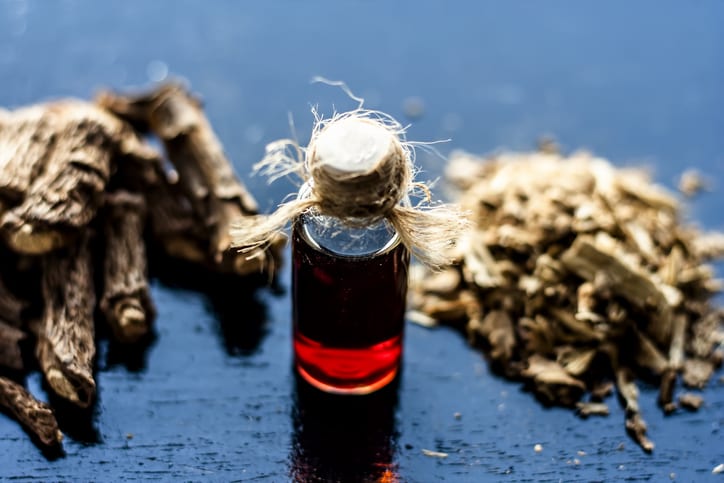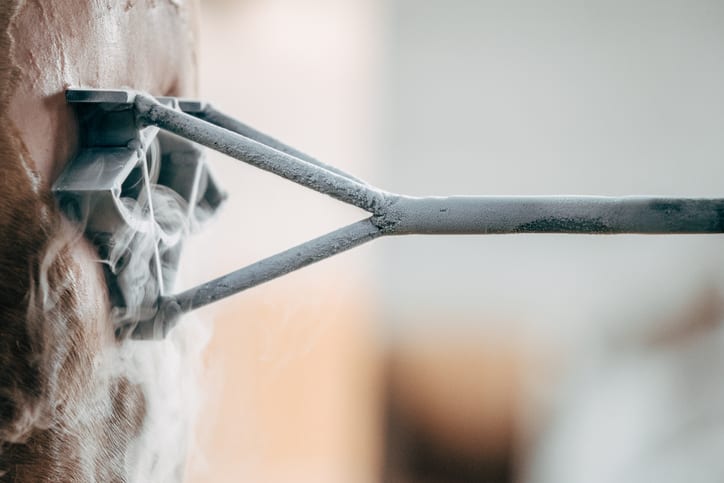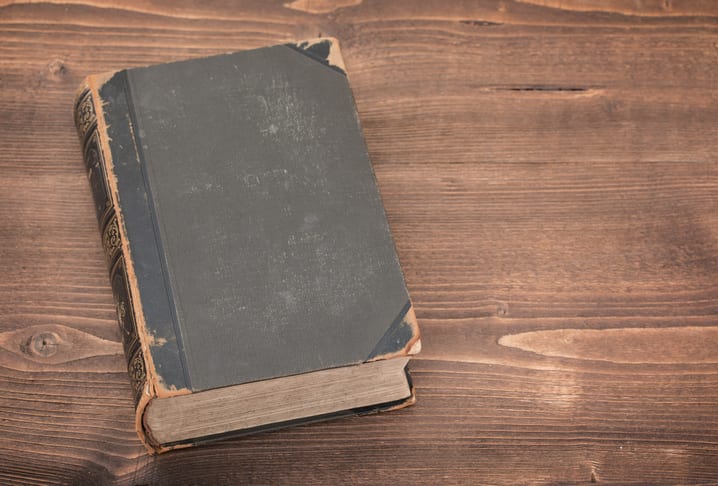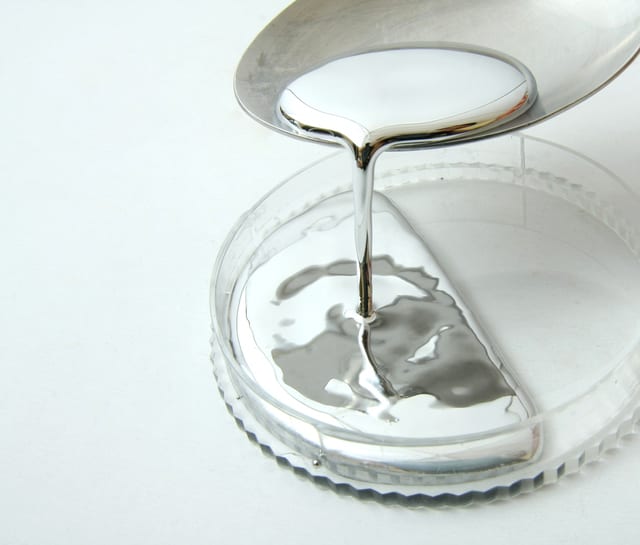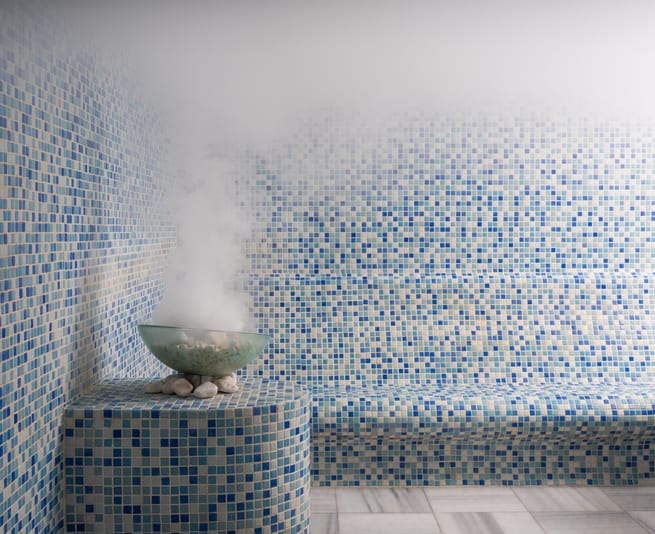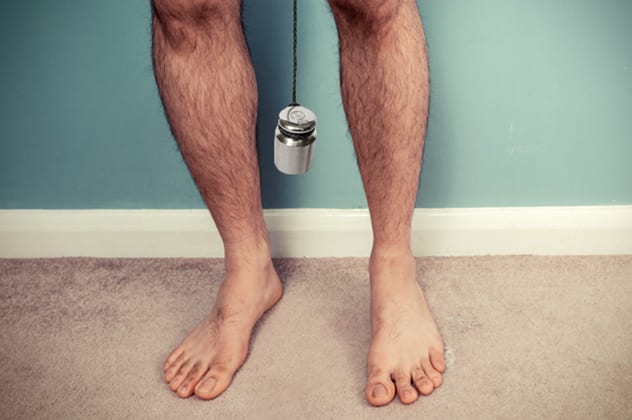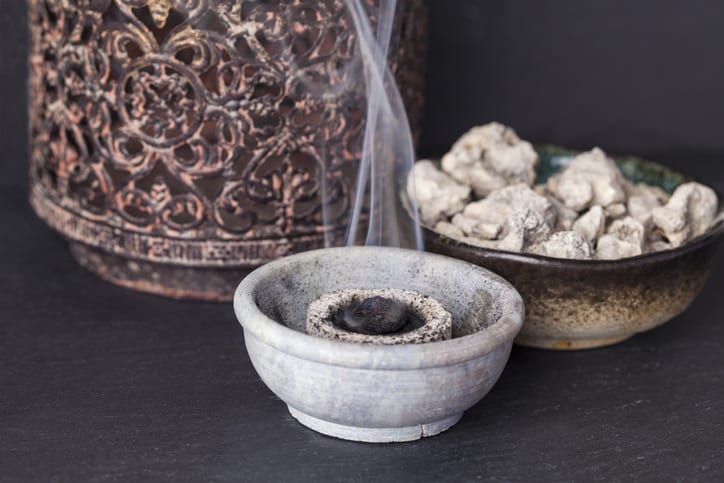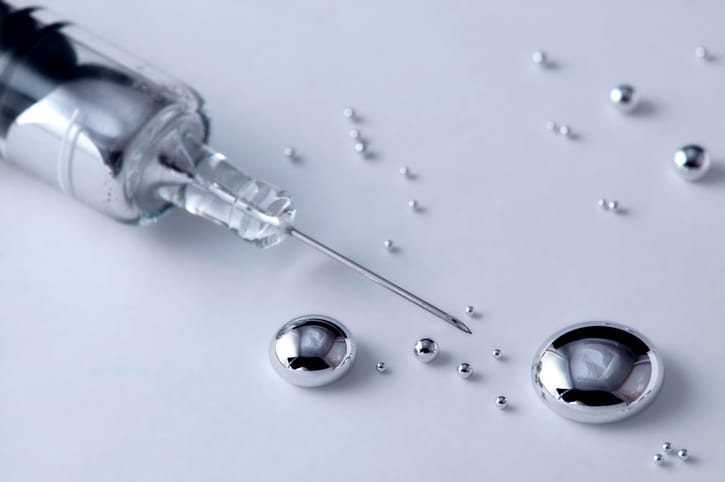See Also: 10 Old-School And Obscure Birth Control Methods You Didn’t Know Fallopio claimed to have distributed his invention 1,100 men to test its effectiveness. At the end of his experiment none of them had contracted syphilis. From there, its use only grew. By the mid-1700s, Casanova was testing the effectiveness of his condoms by blowing air into them to check for holes. But even though condoms have been available for centuries, they did not end the spread of STDs. Those infected were desperate for a cure, and the historical medical community had a plethora of ideas. Here are ten cures that had less-than-ideal consequences.
10 Eat Plants that Give You Diarrhea
Regardless of whether syphilis truly originated in North America or not, the desperate Europeans, many of whom were rich and powerful, believed that it did. As a result, they sought treatment from American plants. The general opinion of sexually transmitted diseases was that it resulted from unclean sexual contact (and they weren’t wrong). Therefore, the genitals had to be cleaned, and the best way to achieve this was through diaphoretics and laxatives. Herbs such as guaiac, sarsaparilla, and sassafras were used to achieve this “cleansing” effect. Obviously, this did nothing to help with the symptoms of STDs and made the patient dehydrated.[1]
9 Cauterizing Herpes Sores
In Ancient Rome, the famous medical writer Aulus Cornelius Celsus was the first person to describe the blisters of herpes in his book De Medica. He also wrote that herpes should be treated by cauterizing the sores with a red-hot iron, the same process used to brand livestock. This type of thinking has not entirely gone away, as some people with herpes attempt to burn away their sores with alcohol and iodine. This has no effect on the virus and only causes damage to the skin, in addition to being unnecessarily painful.[2]
8 “Clapping” the Penis
Popular medical thought was that removing discharge was the route to curing an STD. There is speculation that in medievial France, one treatment for gonorrhea included slamming the penis between two heavy objects, such as a book and a table, to remove discharge. It is uncertain when this treatment was introduced and how it was performed, and whether it existed in the first place. However, it is aligned with contemporary medical thought. There is speculation that this is the origin of gonorrhea’s nickname of “the Clap,” although it’s more likely that it came from the French word for brothel: “clapier.”[3]
7 Mercury Creams
The Swiss-German physician Paracelsus denounced the American herbs and claimed that topical mercury ointments could cure syphilis, despite the fact that the substance was clearly toxic. Side effects include kidney failure, mouth ulcers, teeth loss, and mental issues. The use of mercury in curing STDs gave rise to the saying: “A night with Venus, a lifetime with Mercury,” a reference to the Greek and Roman pantheons. One receipe for the salve reads as follows: “The salve cure was based on lard, cock’s fat, butter, oil, turpentine or the saliva of a hungry man. Its active constituent was quicksilver which, when combined with the base, loses its fluidity, “undergoes mortification”, and disintegrates into smaller parts which enables it to enter the body more easily.”[4]
6 Mercury Pills
If a diluted mercury salve was not potent enough, a mercury pill could also be prescribed. This originated in Turkey but quickly became popular throughout Europe. Although the non-active ingredients were not dangerous (perfume essence, lemon juice, and fruit flavoring) the high doses of mercury often gave the patients mercury poisoning. The nineteenth-century physician Poór conducted a study of syphilitics receiving mercury treatments and found that 60% returned to the clinic with continuing symptoms of syphilis and additional symptoms of mercury poisoning. It is very likely that the medication killed the patients faster than the actual disease.[5]
5 Sweat baths
For centuries, sweat baths have been used medicinally. They can be helpful in alleviating arthritic pain, asthma, and stress. However, they have absolutely no effect on STDs. However, the sweating was believed to be curative, especially when combined with poisonous mercury salves. They skyrocketed in popularity from the 1400s onward, when syphilis was at its height in Europe. The sweat baths were combined with other “cures” as well, such as diuretics. This can put patients at serious risk of dehydration.[6]
4 Weightlifting
The Ancient Greek physician Soranus of Ephesus saw gonorrhea as a sort of bladder control issue, but for sex. Is your penis “ejaculating” when it shouldn’t (i.e. genital discharge)? Therefore, the penis is having trouble properly holding everything in. He prescribed his patients binding weights made out of lead to be worn on the body, an ancient version of ankle weights. This would strengthen the body and therefore, the penis.[7]
3 Eat Plants that Give You Stomach Cramps
If a patient had gonorrhea, treatments included powdered cubebs (an Indonesian pepper) and copaiba (the balsam of a South American tree). To convince their patients to take their medicine, doctors mixed the substances with licorice or gelatin to mask the bad taste. In 1859, there were 150,000 pounds of copaiba balsam imported to Great Britian to treat gonorrhea. Although both cause gastrointestinal distress and are toxic in large doses, it was effective in stopping the discharge in some patients. Doctors decided this meant it was working, and promptly prescribed it to all their patients. None were cured, and many got bad stomachaches.[8]
2 Penile Irrigation
This treatment was very popular during the STD high points of the American Civil War, World War I, and World War II. Most often, a man who caught an STD in the American Civil War would spend between 10 days and a month in an army hospital, where he would get an irrigation treatment intended to cleanse the penis, inside and out. Penile irrigation was embarrassing as well as painful, considered a fitting punishment for the soldier’s sexual misdeeds. The patient would lay on his back with his legs apart, pants off. The doctor would then clean the genital area, and insert a tube into the urinary opening. A douche-can was hung about two feet above the patient and a solution dripped into the patient’s body. When the soldier stated that his bladder was full, the tube was removed. Such procedures were understandably unpopular. At the end of such treatments, the men were considered cured and sent back to active duty. Venereal disease sections of hospitals were considered miserable places, filled with soldiers “…wrecked upon the treacherous shoals of vice and passion,” as one Richmond newspaper put it.[9]
1 Injections of Silver
In Paris, the health officials were colloquially known as “the Kings of the Whores” and would frequently give injections of mercury into the urinary opening to stop the discharge. Silver nitrate and later, colloidal silver were used in a similar way after the failure of mercury. To combat the problem of STDs in American troops, the United States government issued “pro-kits” to soldiers in World War I. The kits provided mercury injections, intended to be taken after the soldier became infected. Instruction kits informed doctors that “The injection should be made to permeate the urethra as deeply as possible, in order that it may be applied to the whole extent of the affected surface, but care should be taken not to extend the canal with too much force.”[10] About The Author: Jackie Mead is a museum educator and a contributor to History Magazine and History Is Now.
